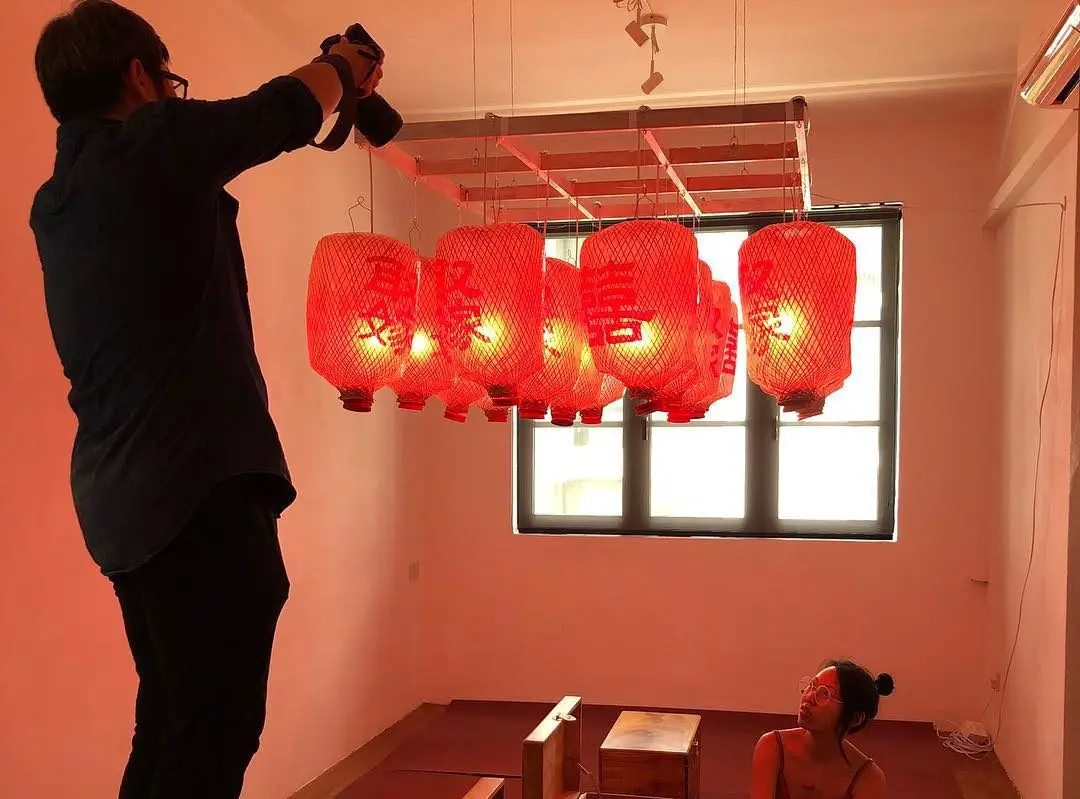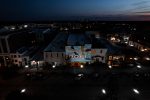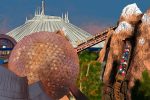As most people know, Singapore is one of the most well-off countries in the world. As a business-fueled super engine, the thriving nation has little to no disease, homelessness or discontent. And yet with all the achievements, the country lacks one important vertebra in its structure — art.
While white-collar work success flourished, its neglect for modern art caused what people coined “a drought in the cultural landscape.”
The dismissal led to a loss of ground with Hong Kong and the rest of Southeast Asia. Under the pressure of competitive tourism, the government initiated The Renaissance City Plan (RCP), which pumped $50 million Singapore dollars into the arts. The National Arts Council also received more funding and attention to make the nation “an arts and cultural destination for Southeast Asia.”
Over the last few decades, the city experienced a spike in its creative culture. Although some critics were quick to label it “inorganic,” the nation sparked an artistic resurgence, and with it, a few remarkable galleries.
1. National Gallery Singapore
Singapore’s National Gallery is conveniently located opposite the Supreme Court — in its former building, actually. A combination of local and Southeast Asian art, the museum is the largest and most recent addition to the country’s creative culture. The Gallery takes viewers on a trip through history, starting at the 19th century colonial period and ending in the Cold War.
With more than 8,000 pieces, it examines the different perceptions of Singaporean society, which is known for its “tossed salad” culture.
Its summer exhibit, “Awakenings,” explores a revolution in artistic expression, as creators began to document the atrocities of foreign intervention in Asian countries. Traditional forms were traded for more modern techniques, especially with the arrival of technology. Photography, cinema, and factory-made materials became ways to protest their inception and capitalist culture.
https://www.instagram.com/p/BypZySYFq-Q/
By embracing the past, the National Gallery explains why history is crucial to understand modern forms of art.
2. Grey Projects
Located in Tiong Bahru, Grey Projects is a small gallery hidden in an apartment complex, but its impact on the community is anything but small. There’s enough space for a library, a residency apartment, a studio and two open rooms; although its size bars bigger exhibits, Grey Projects takes on more complex works than most galleries, whether physically or emotionally challenging. Recently, they’ve brought in artists who deal with political and queer culture-related themes.
Their mid-June exhibit featured “Gaze and Gloss” by Jon Chan, a local painter who explores modern Singaporean society.
“It’s the idea of confrontation,” claimed Chan. “It’s a story of a person being caught between two opposing forces and not feeling comfortable.”
https://www.instagram.com/p/BwY-aVBnWQi/
Taking a middle ground in politics, his work focuses on locals and their different views on the government with an in-your-face technique that pressures viewers to see both sides of conflict, something that escapes the public in everyday life.
Grey Projects encourages these tactics. They believe it’s important to confront society and the limits of its morals. As a private organization, the gallery is a window for free interpretation of the modern world.
3. Singapore Art Museum
While the last few galleries hold mainly local pieces, the Singapore Art Museum prides itself on displaying international contemporary art. Their mission, “to breathe Art into Life,” shows a desire to cultivate an improved future.
The building is a restored mission school from the 19th century and is known to be the first art museum in Singaporean history. While the National Gallery focuses on the overall history, the Singapore Art Museum’s art is created by artists “living and practicing in the here-and-now, particularly in the 21st century.” It houses one of the largest collections of modern Asian art and collaborates with several world-renown exhibits. Its programs use both in-class and internet workshops to teach new trends to all age groups.
By showcasing modern art from around the globe, the Singapore Art Museum uses today’s creativity to drive people towards a better tomorrow.
4. Gillman Barracks
Gillman Barracks is the most incredible display of modern art that Singapore has to offer. A former military barracks, the cluster was built in 1936 to house British soldiers. It was commissioned as a visual art gallery in 2012 by the Singapore Economic Development Board, the National Arts Council and the JTC Corporation.
Its vision?
“To be Asia’s destination for the presentation and discussion of international and Southeast Asian art.”
https://www.instagram.com/p/By2GccJHBoC/
The gallery is divided between the 47 “blocks” on site, its diverse forms ranging from abstract to realism. Surrounding the barracks are a few restaurants that serve delicious and popular foods and beverages. Creamier, an ice cream and waffle café, is only one example. Gillman Barracks also has onsite classrooms for its programs, large halls for festivals and fairs and living spaces for international residencies.
All in all, Gillman Barracks not only displays intriguing modern art but allows visitors to experience the culture and share in it together.
5. All Around the City
Last but not least, the city itself. If you want to see contemporary art in Singapore, look no further than its streets. Everywhere you turn, you can spot a mural or sculpture courtesy of talented local artists. However, there are a few major hotspots.
Haji Lane is an entire block with walls filled with murals. The art features cultural subjects like men and women of different ethnicities, abstract flowery patterns and even portraits of modern celebrities.
Chinatown also exhibits dazzling murals that couple with Chinese poetry. The area is also known for its mix of traditional and modern architecture, showing a new culmination of culture. And of course, all along the Singapore River you can find beautiful pieces that inspire the public to create their own art, whether on the page or in everyday life.
In recent years, Singapore has experienced a creative drought for the sake of the booming business world. Despite its shortcomings, the city is hard at work to become a thriving art scene and compete with Hong Kong and China.
Galleries like these are only the start of a vast creative empire, aiming to entertain and inspire all who experience it.
















